
MIT MEDIA LAB
Receptive SkinsDynamic sensing composites for environmental regulation in architecture
Receptive Skins explores the concept of a sensate and dynamic multi-material interface for environmental mediation. Traditionally, building skins serve as static barriers between the interior and exterior environments. This project reimagines the building envelope as a responsive, living entity that actively engages with its surroundings. By integrating advances in material science, Receptive Skins aims to transform architectural surfaces into interfaces that can sense, react, and adapt to environmental stimuli.
In collaboration with advisors Kent Larson, Hiroshi Ishii and Neri Oxman from the MIT Media Lab.
Buildings that sense and breathe
This work investigates the intersections of architecture, design, phenomenology, and materiality to craft a new relationship between people, space, and the built environment. By incorporating active materials, the project explores how architecture can mediate environments dynamically. Departing from the notion of buildings as static artifacts, Receptive Skins envisions structures as organic, living entities that respond to the needs of their occupants and the environment
Dynamic material composites
The final prototype serves as a proof of concept for this novel design methodology, uniting material performance with sensate technologies. By utilizing dynamic material composites, the project demonstrates how architectural surfaces can enable new interactions between the building and its environment without relying solely on mechanical or electronic systems.
New material kinematics
The project explores the potential of active materials in architecture to mediate environments, resulting in a design language of bio-pneumatic forms. Through the development of a working prototype, this investigation showcases how such interfaces can manifest through dynamic material composites, offering a new approach to responsive architectural design.



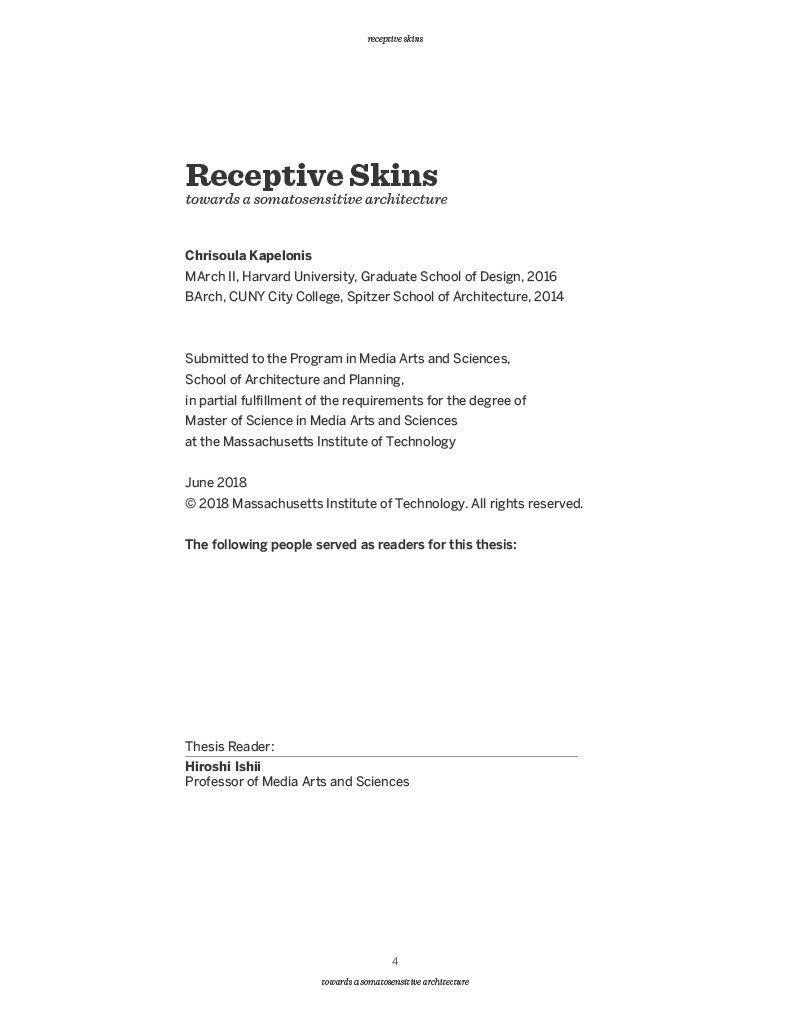



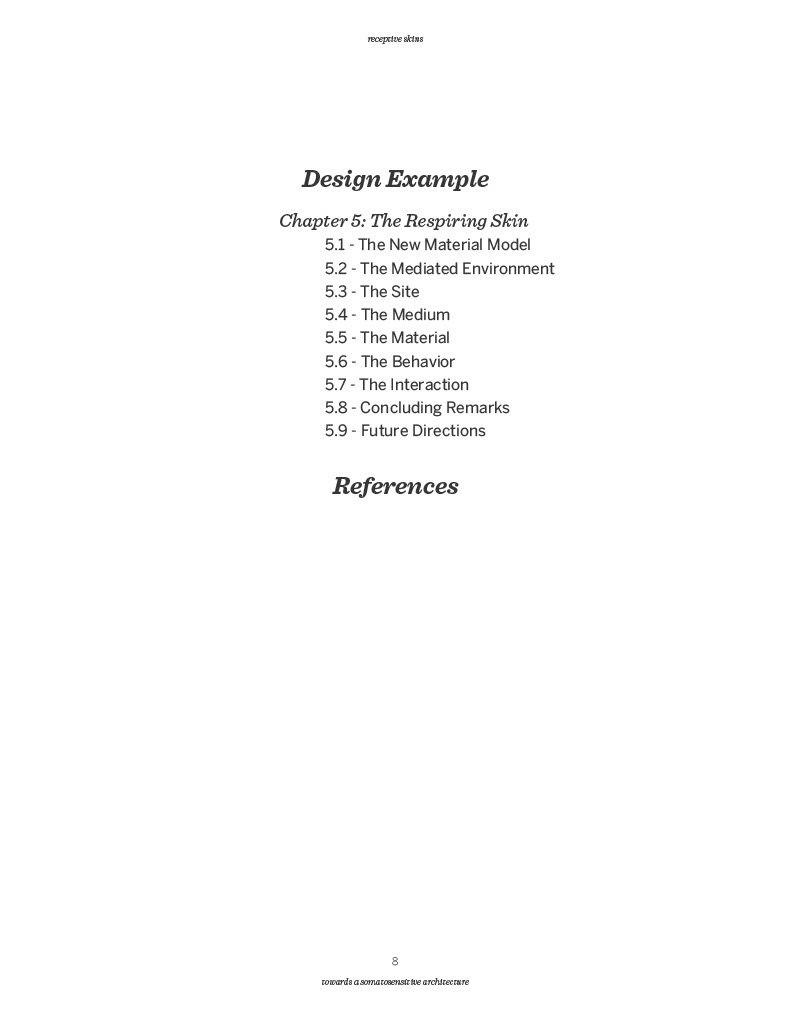

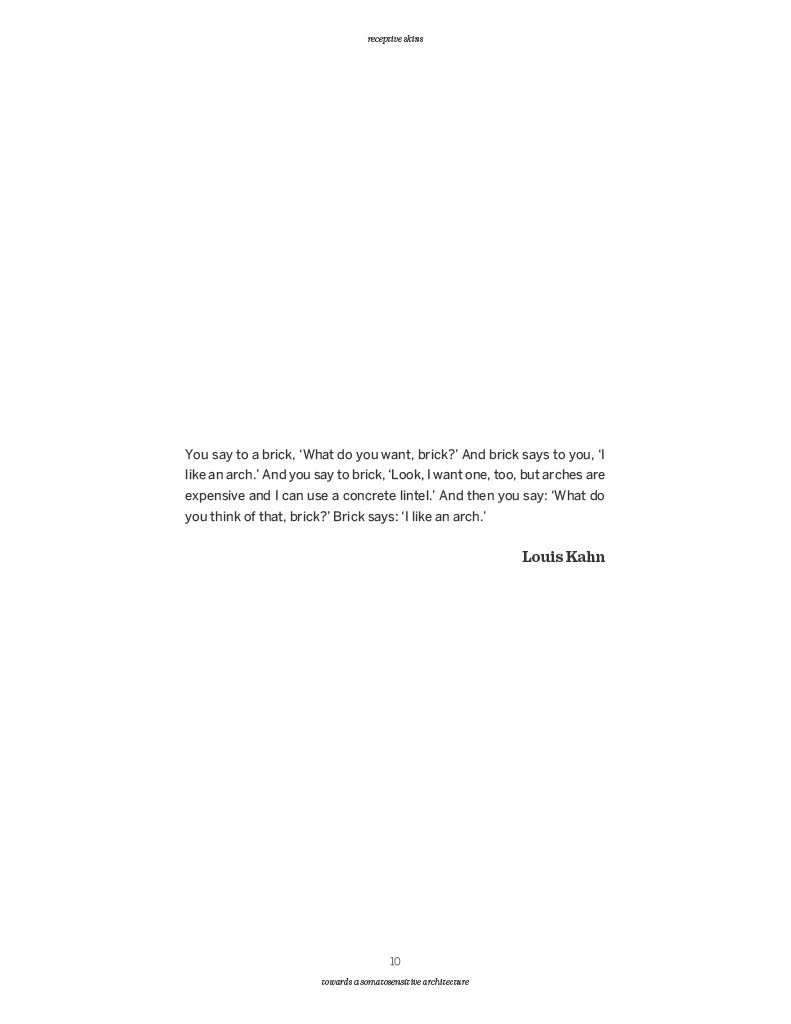





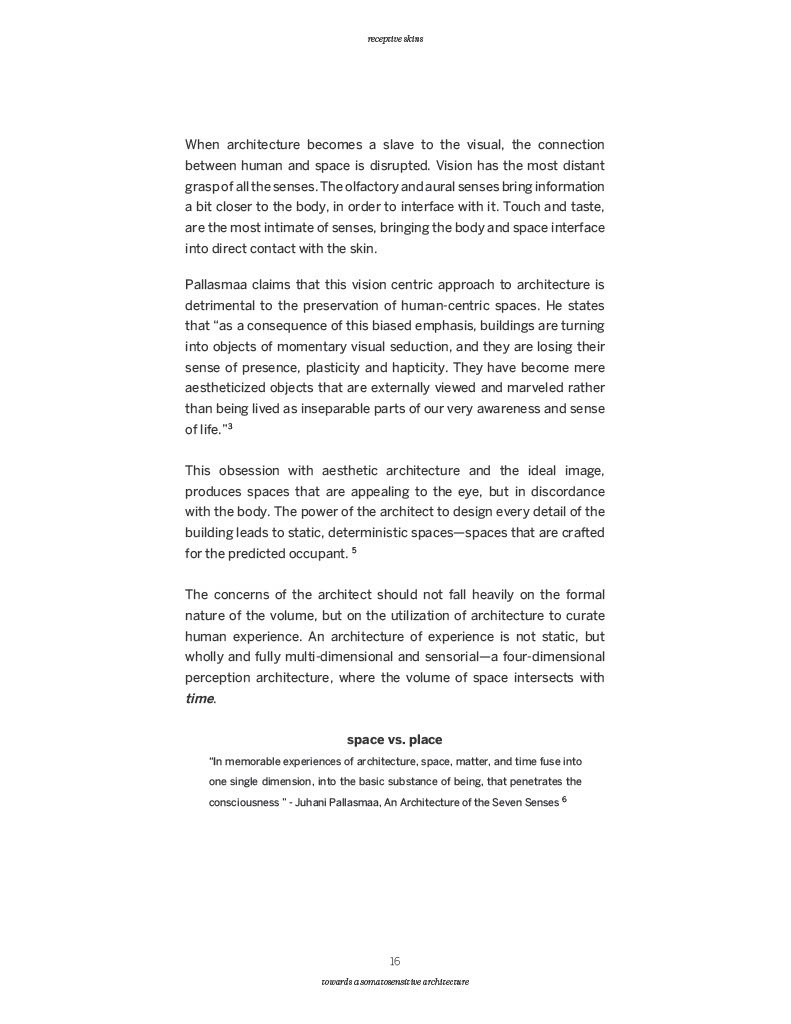










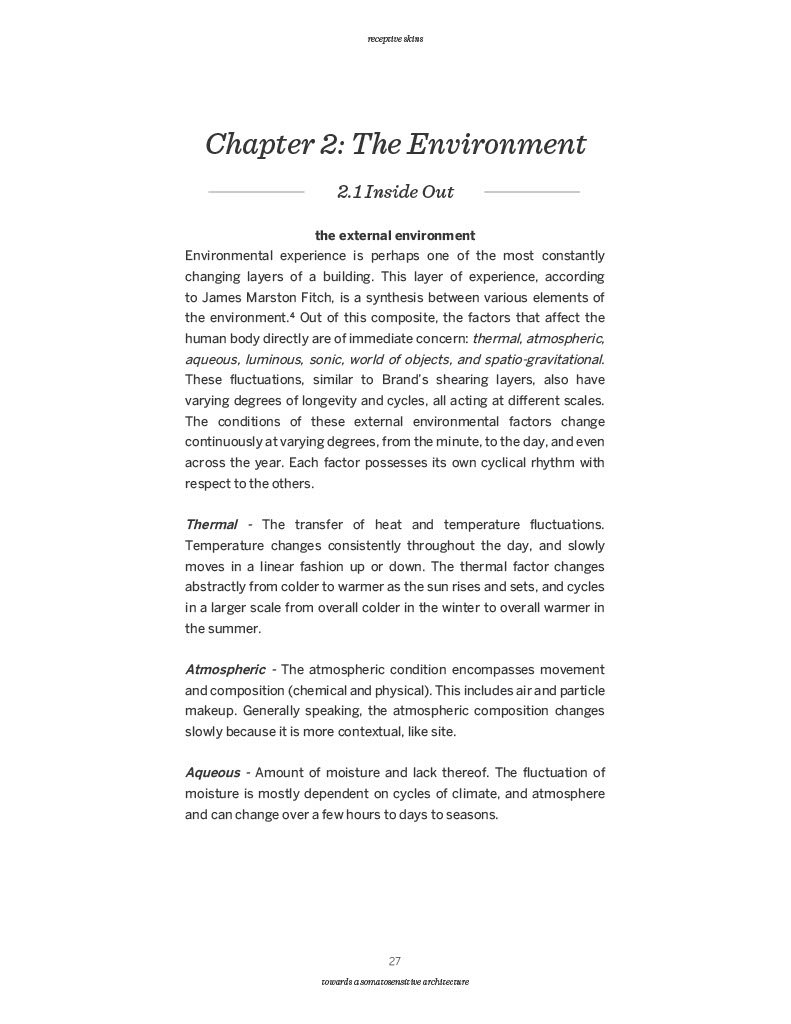

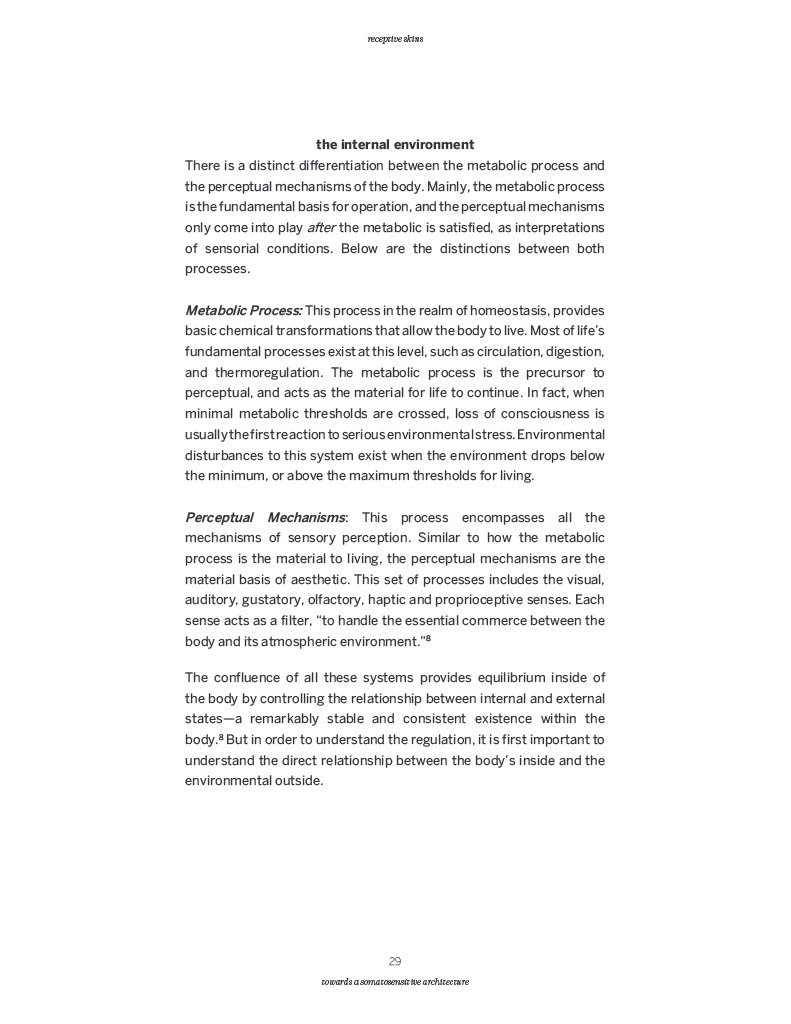







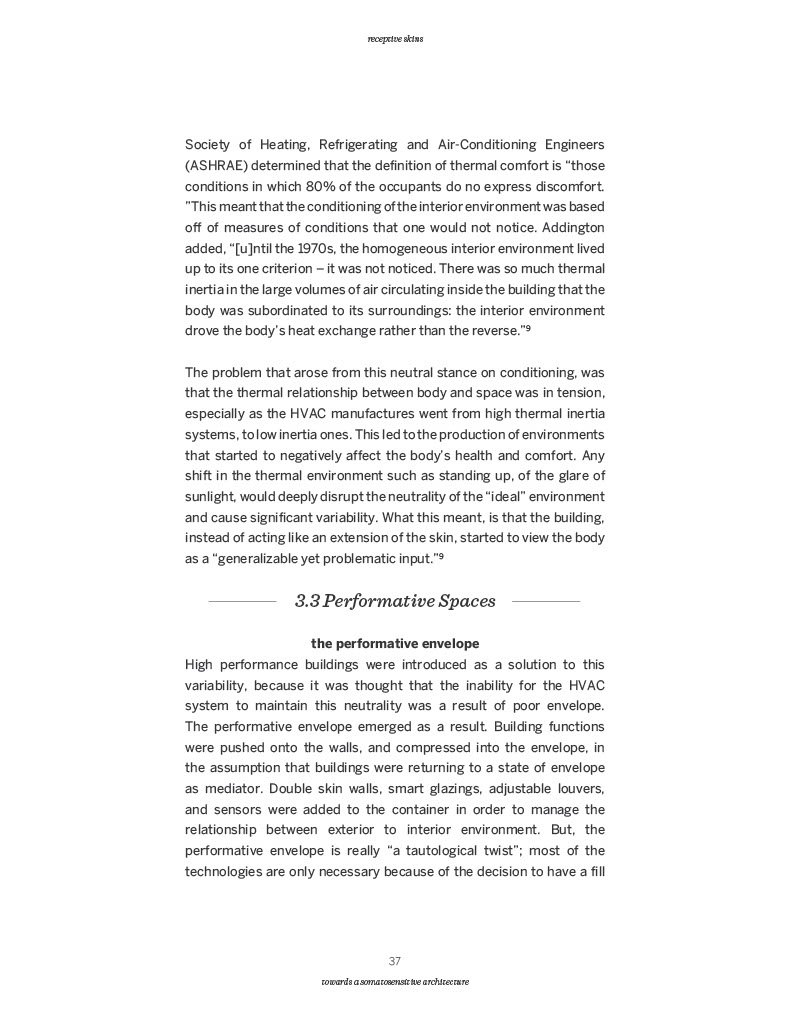










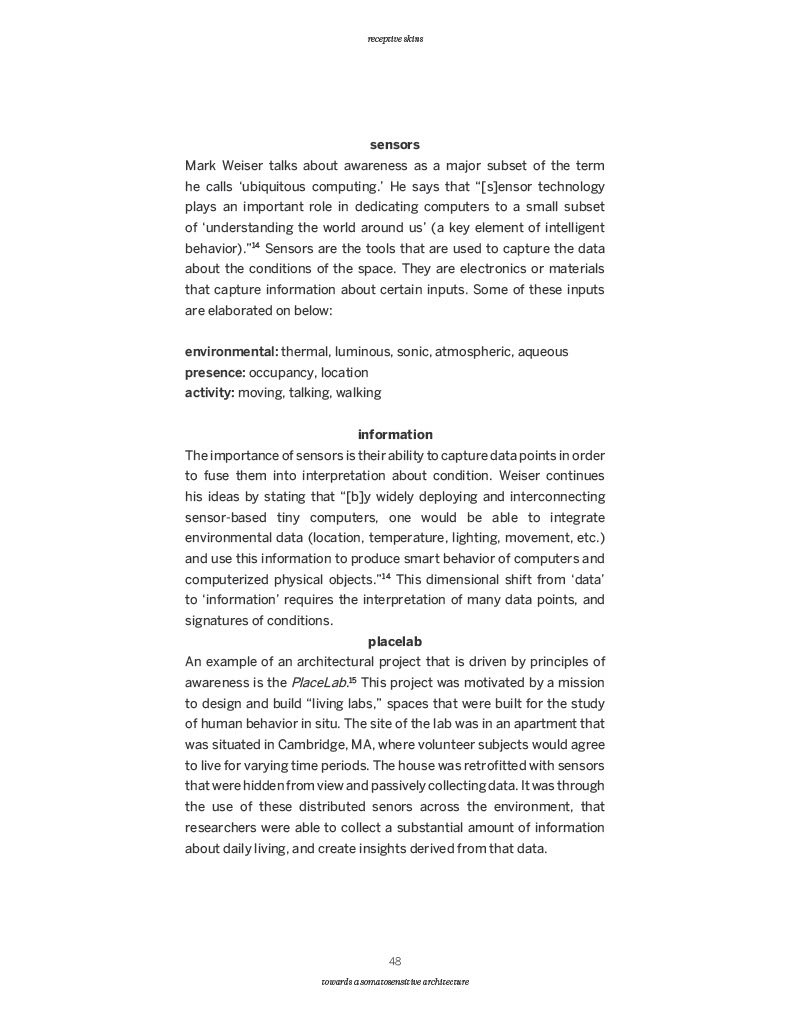

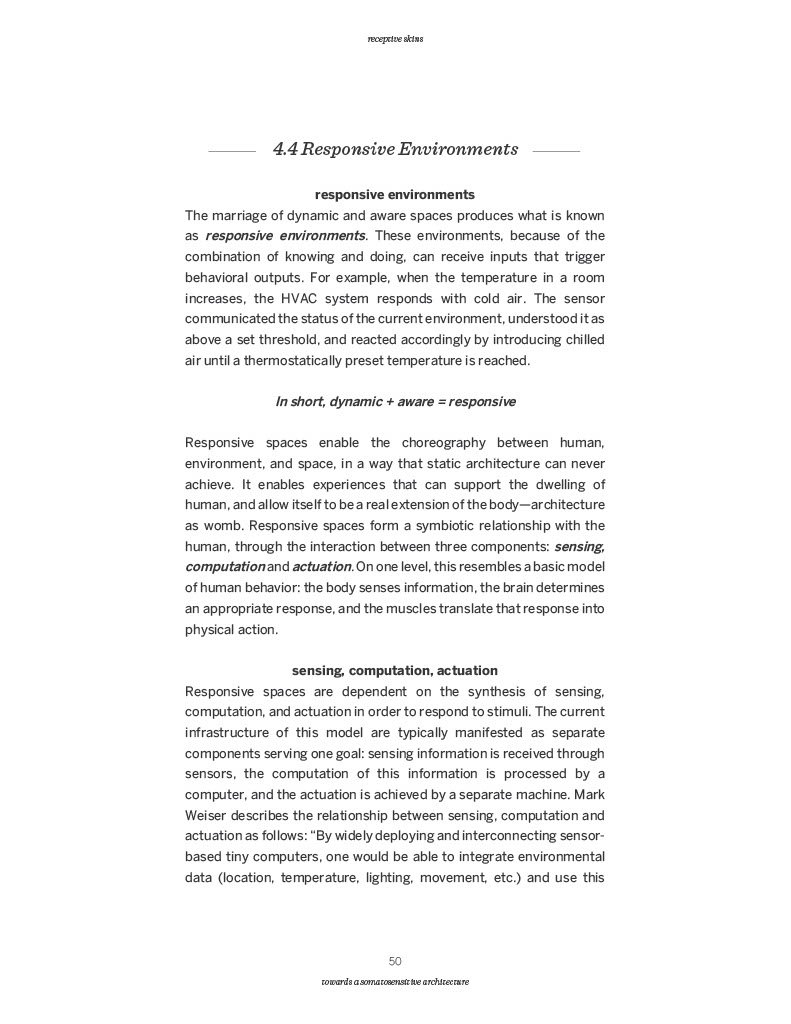

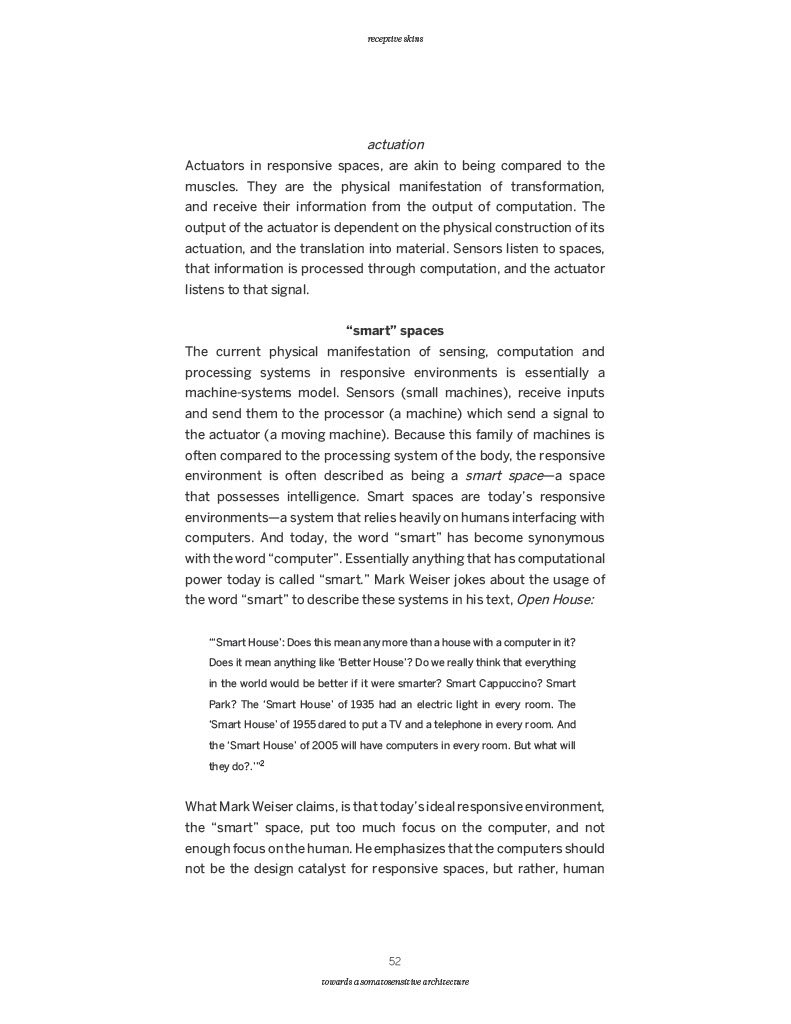





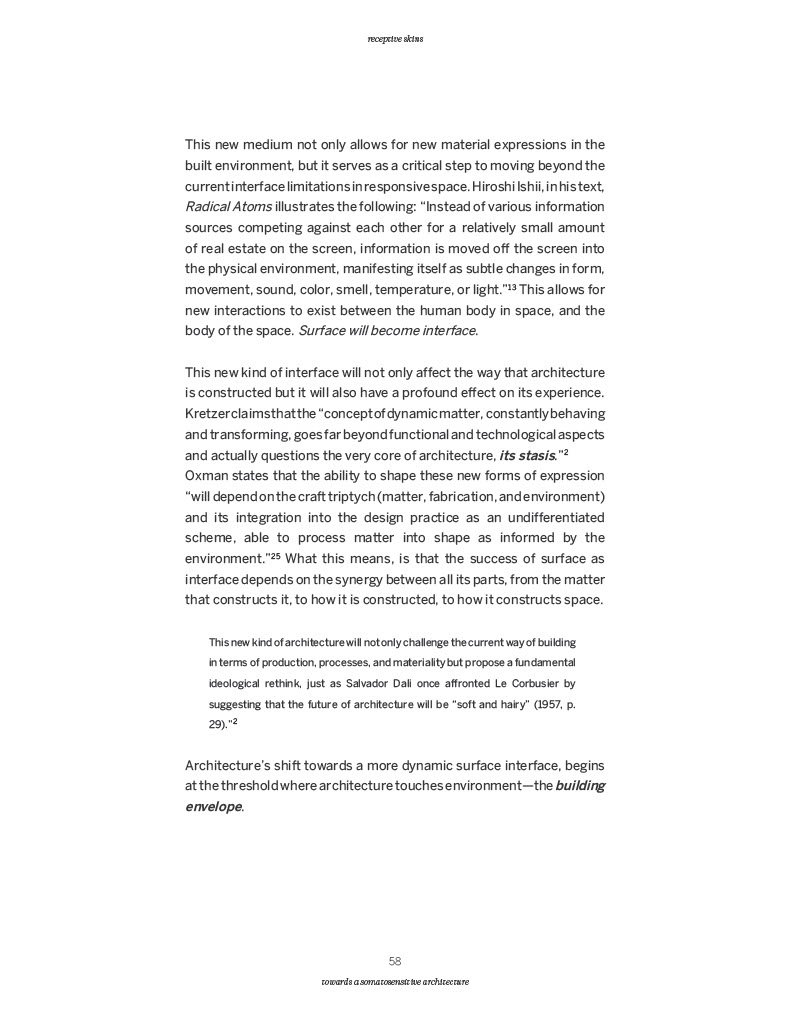

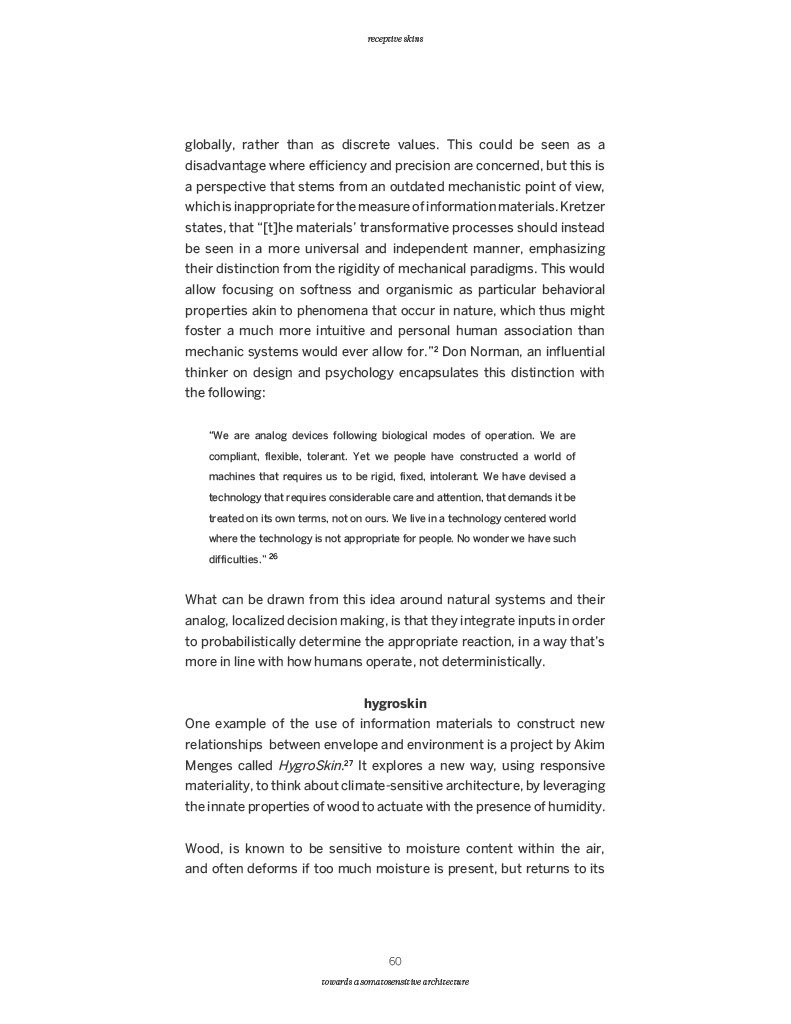







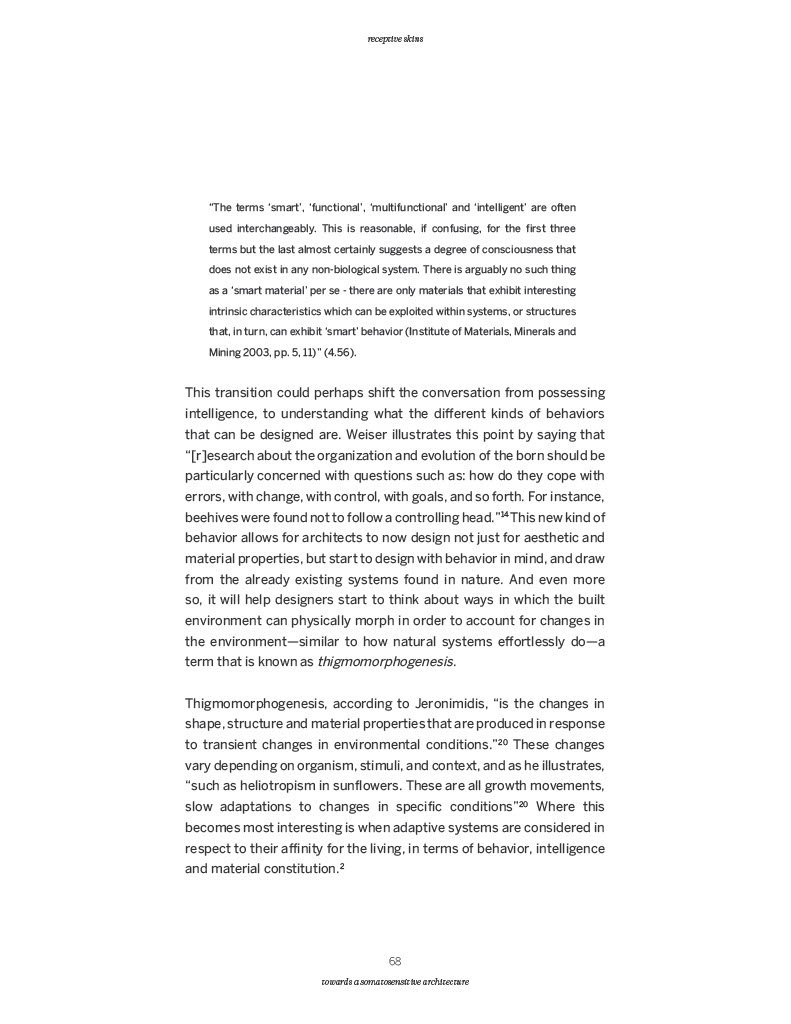
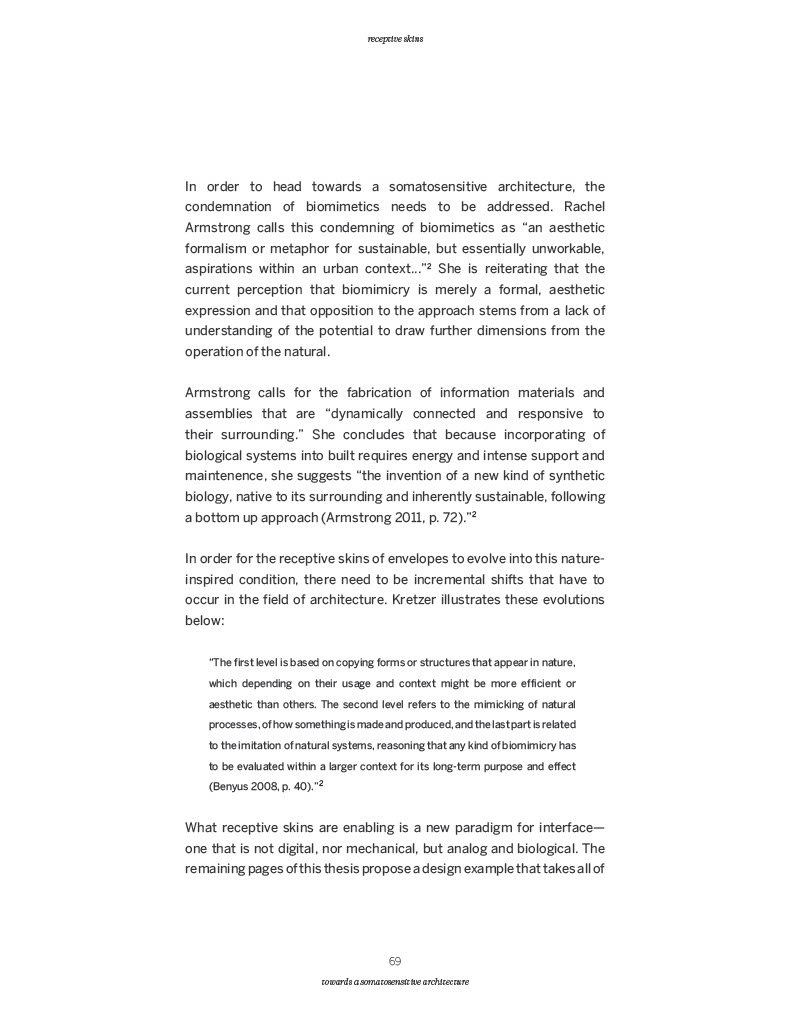









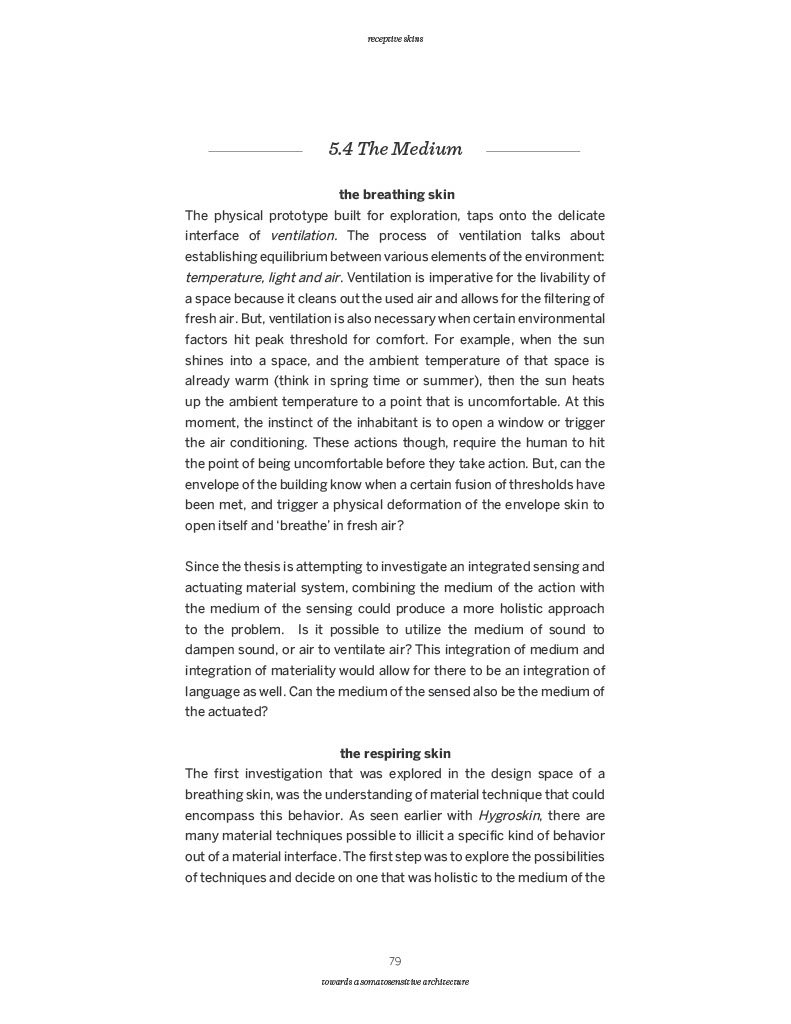


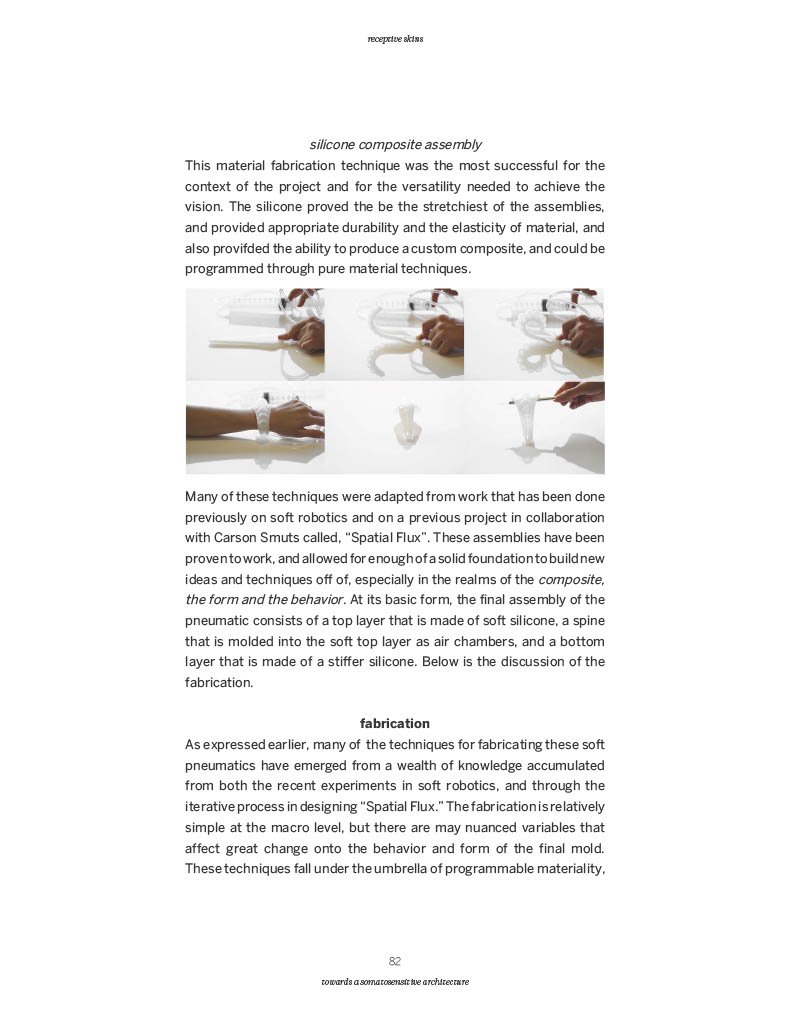
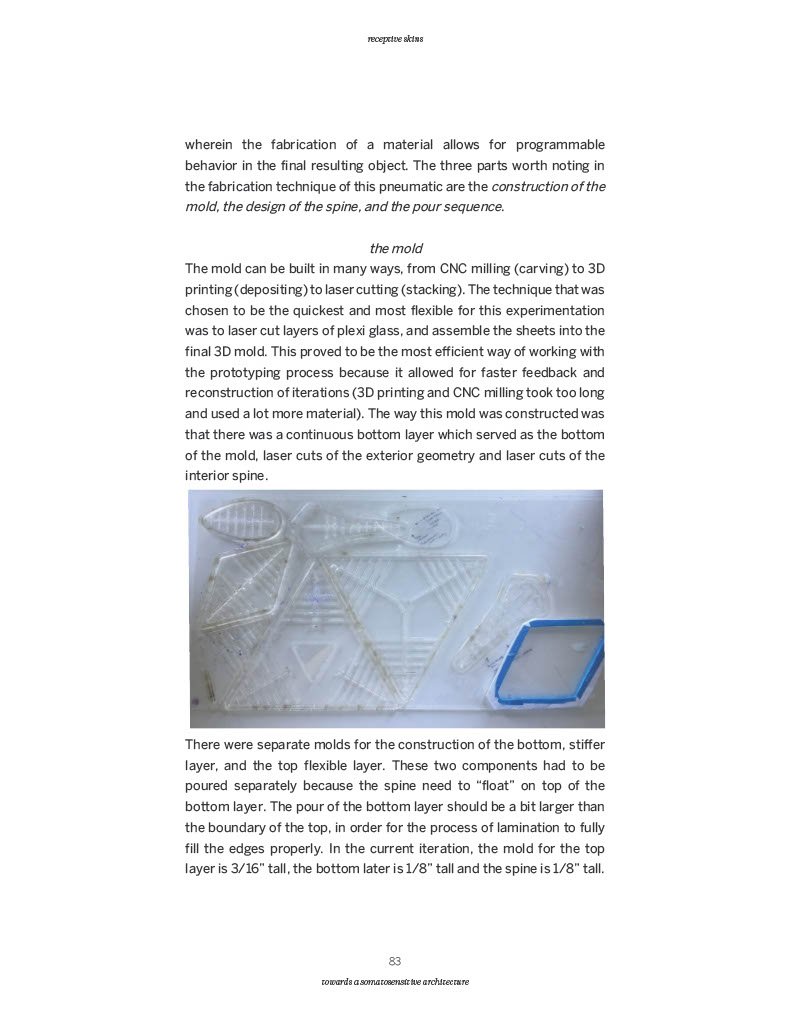





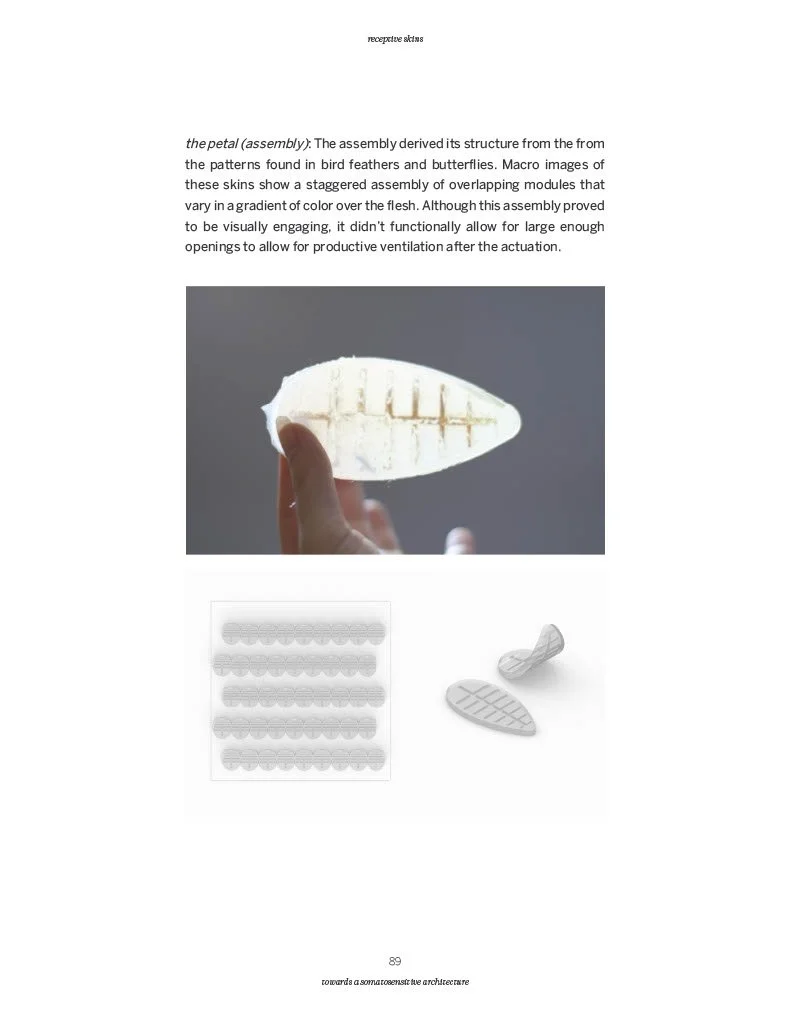




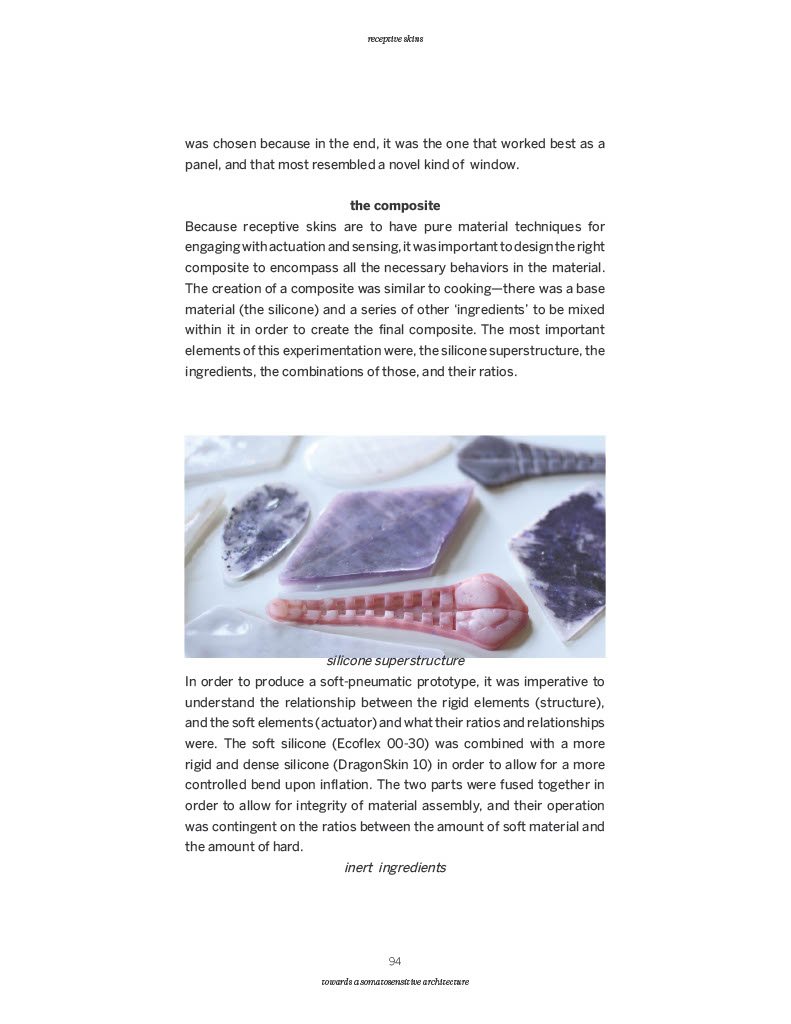






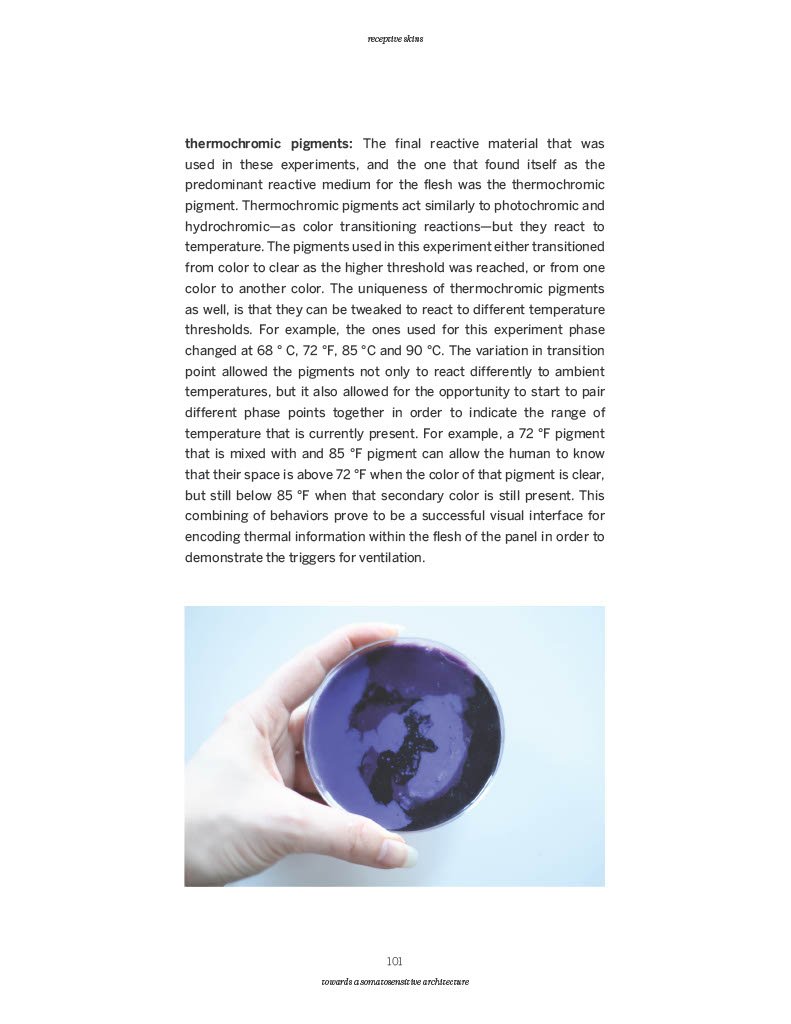
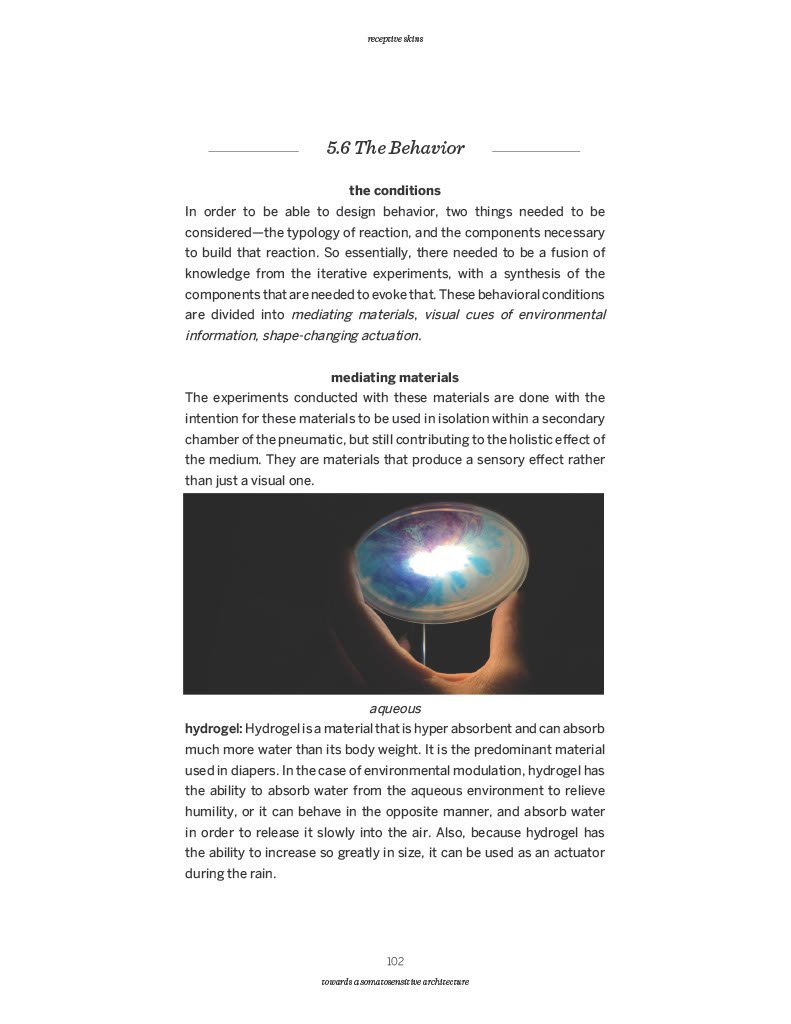
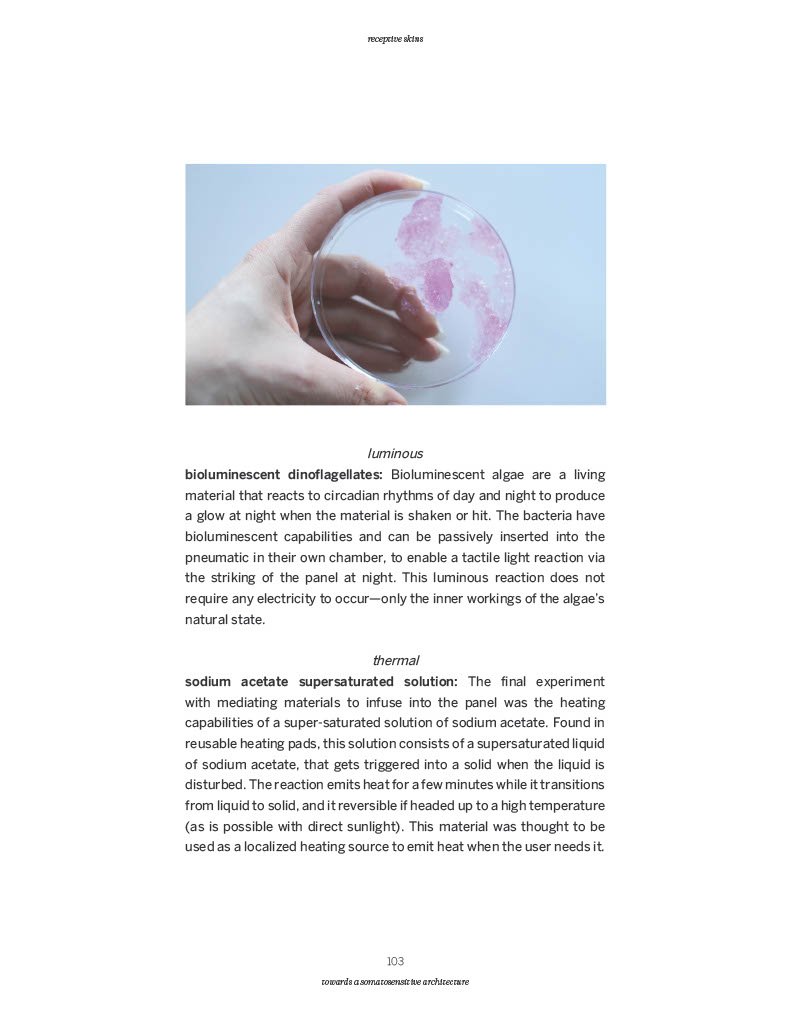

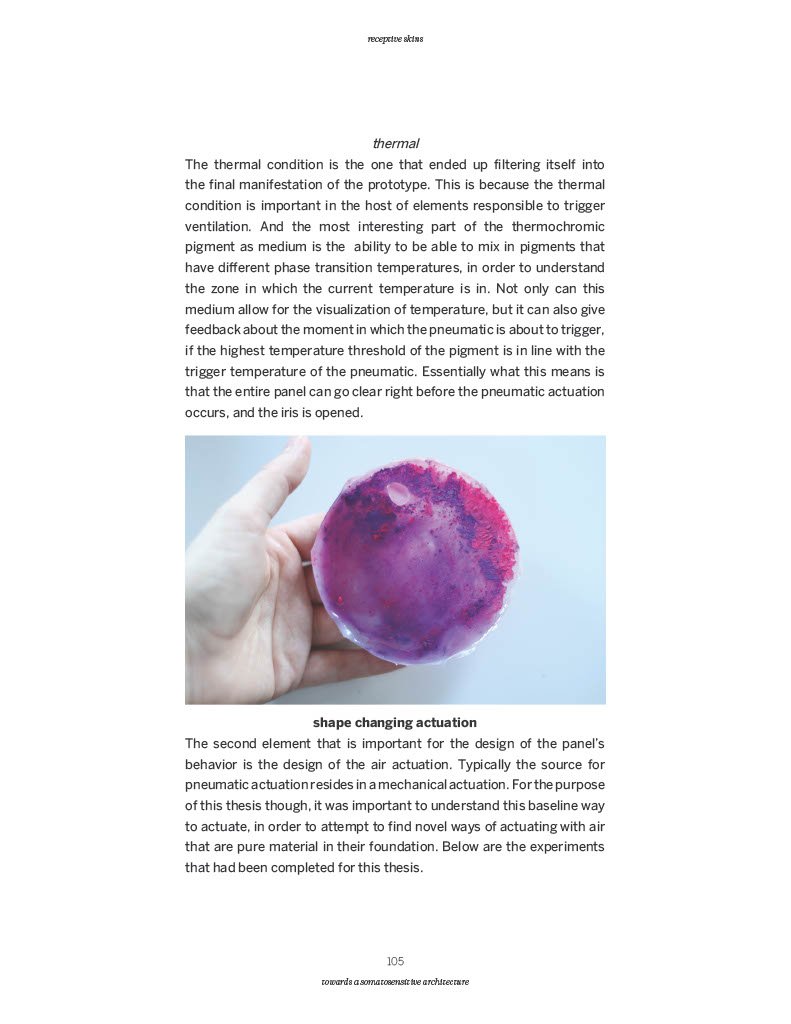




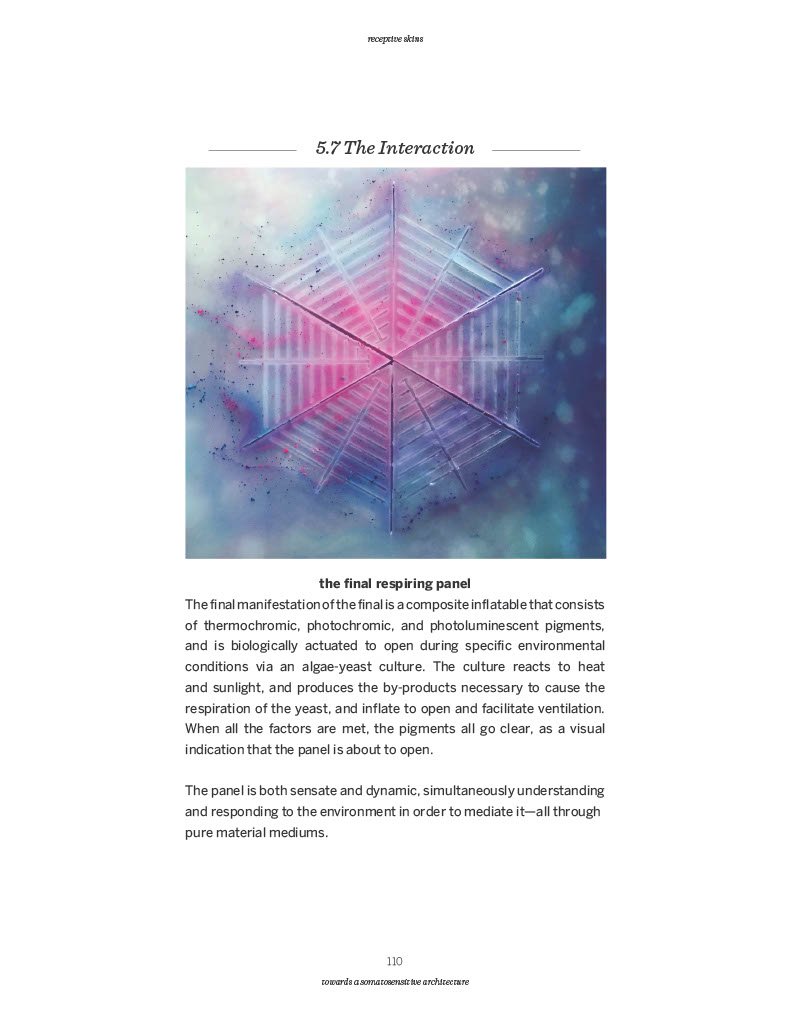
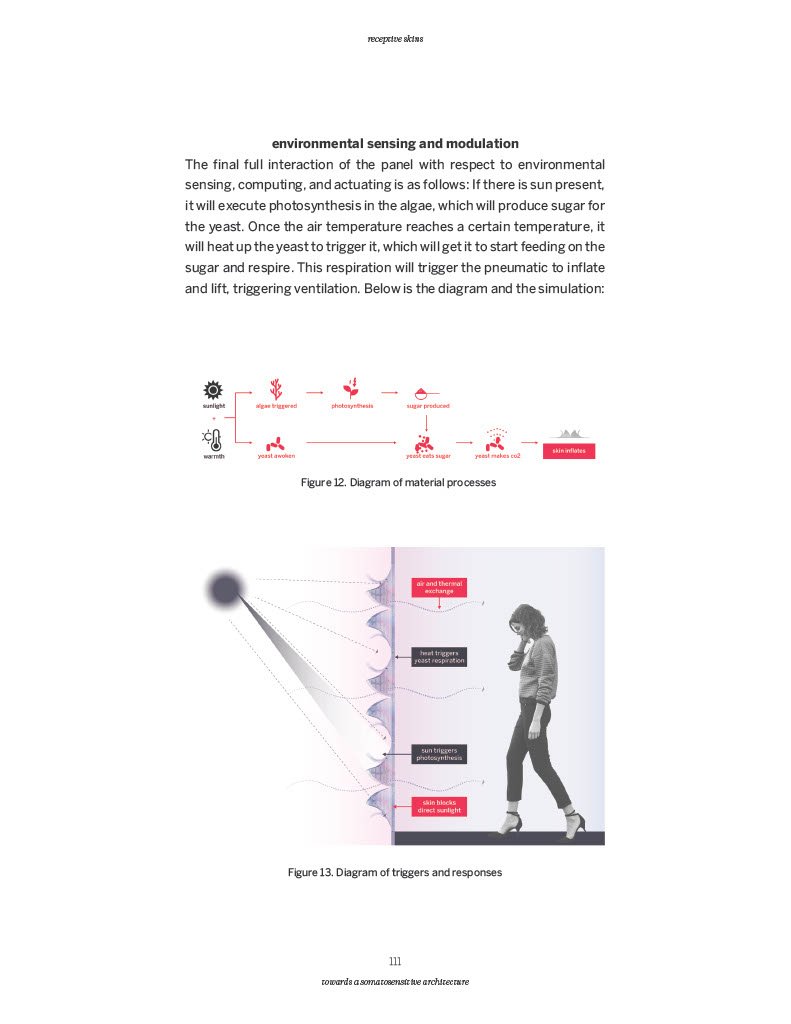


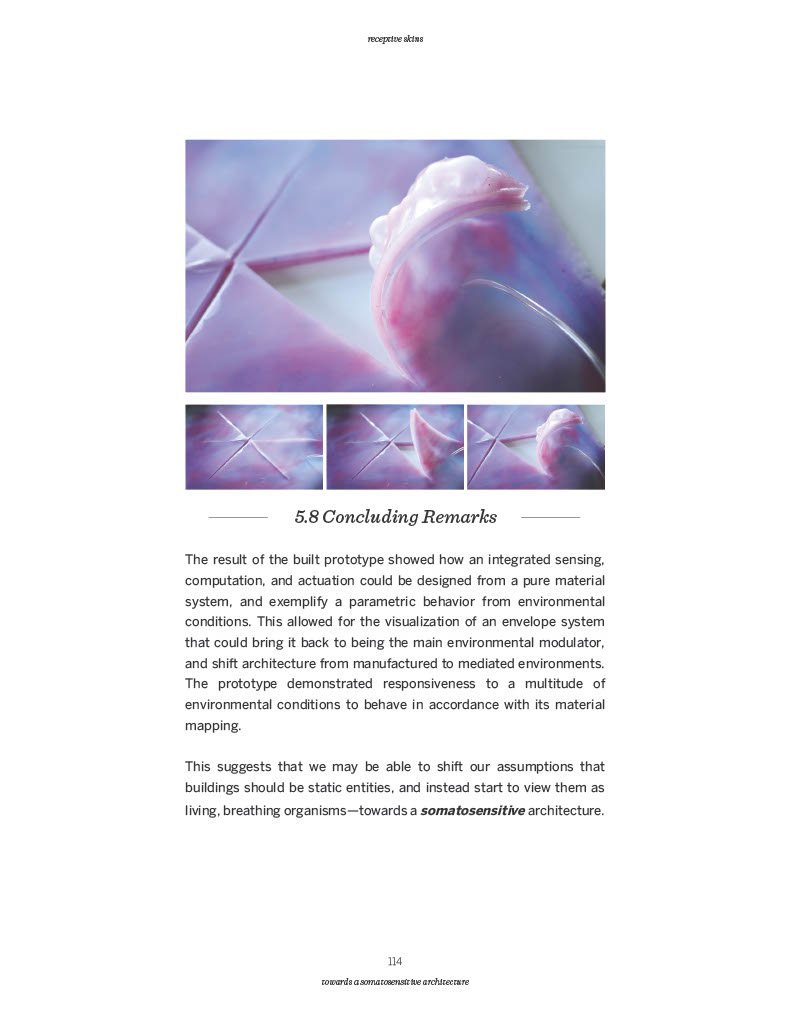

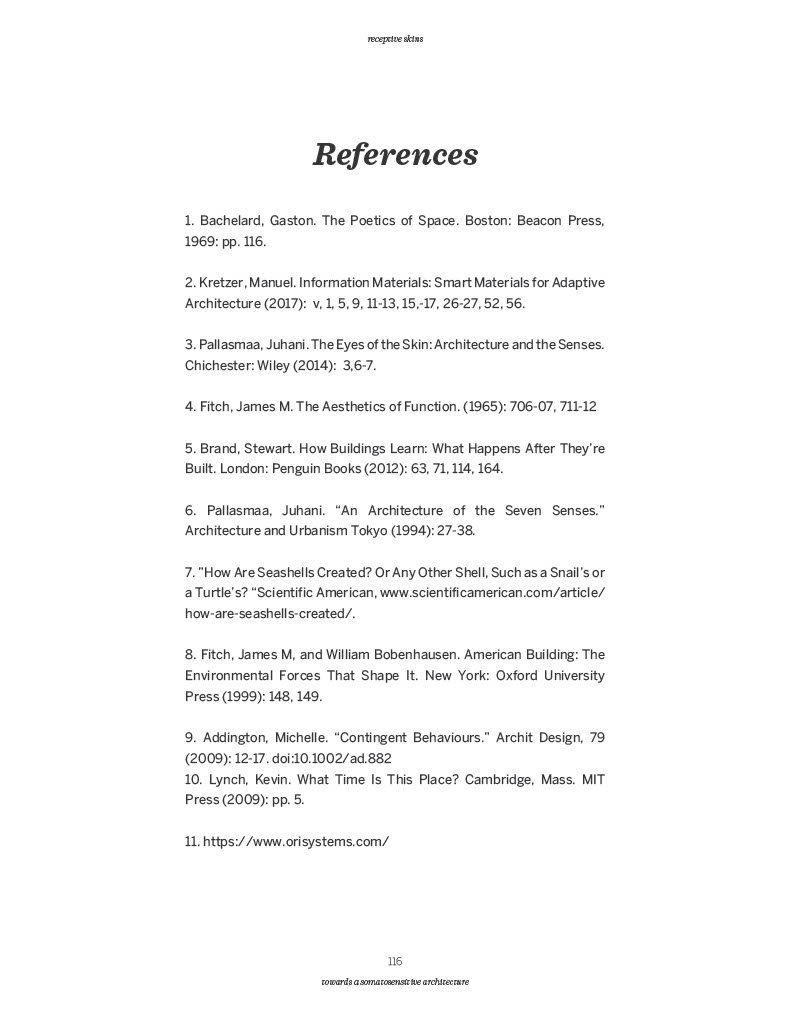


For more information, please visit the City Science Group Project Page.